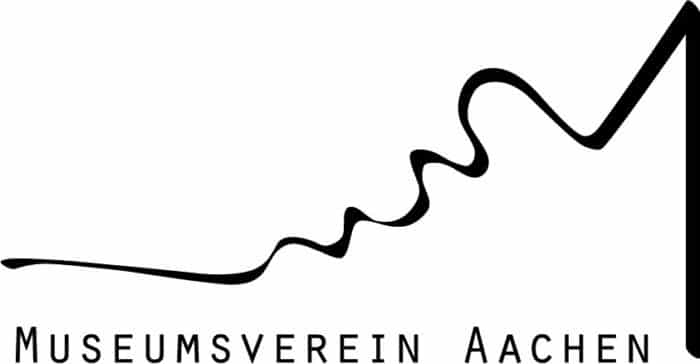Chinese Cabinet
The „Chinese Cabinet“ is decorated to represent the Chinese vogue of the 18th century. Ever since Marco Polo’s expeditions in the 13th century, European society had been enthusiastic about Asian culture. The costly import of Asian cultural assets, above all porcelain, the „white gold“, which was only the privilege of the high nobility, set far-reaching imitation processes in motion. The white porcelain in Europe at the beginning of the 18th century developed with a pronounced China fashion. „Chinoiseria“ was a popular ornament in the art of furniture making, applied arts, and also in fashion.
Apart from exotic furnishing accessories, such as the lamp in the shape of a Chinese pagoda, Japanese tsubas (engraved blades) are also on exhibition. These exhibits of an almost unknown collection of East Asian art in the museums of the City of Aachen document an important chapter in the history of collecting and also refer to the cultural affinity between Europe and Asia since the 18th century. At the beginning of 20th century there was an entire department dedicated to East Asian art in the then Art Museum in the Komphausbadstrasse. After severe losses of the old inventory during the war the Aachen museums received a donation of the Max Kirdorf Collection (*1878 †1923) from his wife, Adela Luise Kirdorf, née Strouben-Suermondt (*1882 †1958). This included numerous graphics, and also the extensive Tsuba-Collection, a selection of which is presented in the Chinese Cabinet.
Since the 18th century the ornately engraved blades enjoyed great popularity with European merchants and travellers who came into contact with Asian culture. Like East Asian porcelain and the Chinese roll-up paper pictures, these were considered precious gifts and „souvenirs“ of the Rococo era.


